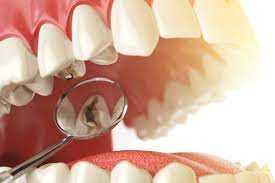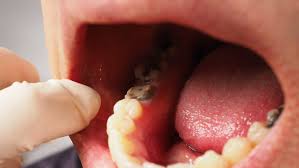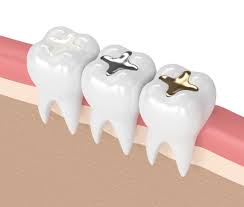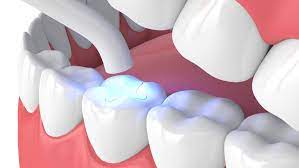This article sheds light on a common yet troublesome issue: pain after a dental filling. If explained through metaphors and analogies, it is akin to a crack appearing in the wall of an ancient palace, which a mason repairs with fresh mortar. Although the wall is restored, the repaired section may feel delicate compared to the rest of the structure for a while. Similarly, when a cavity is filled and reinforced, the treated area may initially feel sensitive and painful.
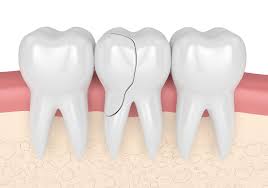
Sensitivity After Filling: A Fresh Wound with Ointment
This experience is much like applying medicine to a fresh wound on the body. At first, it stings, but gradually, the healing process begins. Likewise, after a dental filling, consuming hot or cold food might make the treated area feel as if it has become overly sensitive, like an exposed wound.
High Filling: A Pebble in the Shoe
Sometimes, if the filling is slightly raised, it causes discomfort similar to having a tiny pebble inside a shoe that makes walking difficult. Every time we chew, the uneven filling can lead to pain. The solution, just as removing the pebble brings relief, is to have the filling adjusted by a dentist for comfort.
Metal Clash: A Shock-Like Sensation
Have you ever noticed a spark when two different metals come into contact? A similar effect occurs when dental fillings made of different metals interact or when a metal spoon or utensil touches the filling. This can cause a sharp, sudden pain, much like a mild electric shock. However, this sensation is usually temporary and subsides on its own.
Pain While Chewing: A Misplaced Brick
Imagine a wall where one brick sticks out slightly—it disrupts the balance of the entire structure. Similarly, if pain occurs while chewing after a filling, it is often due to an uneven or high filling. A minor adjustment, just like smoothing out a protruding brick, can resolve the issue and restore balance.
Treatment and Relief: Patience and Care
The discomfort after a dental filling is temporary, much like the mild soreness experienced when breaking in a new pair of shoes, which eventually molds to the shape of the foot. Likewise, a dental filling settles over time. During this period, consuming soft and mild foods can help, just as avoiding pressure on an injured finger aids faster healing.
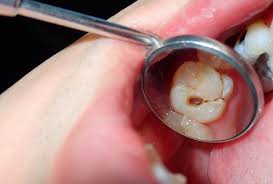
If the pain persists or intensifies, it might indicate the need for a dental check-up. Just as a misaligned door hinge can prevent smooth closure, an ill-fitting filling can continue to cause discomfort.
Pain and sensitivity after a dental filling are normal, but with proper care and, if needed, a visit to the dentist, the issue usually resolves. Just like tree branches sway after a strong gust of wind but eventually stabilize, the tooth, too, adapts to its new “guest”—the filling—and the discomfort fades away.

